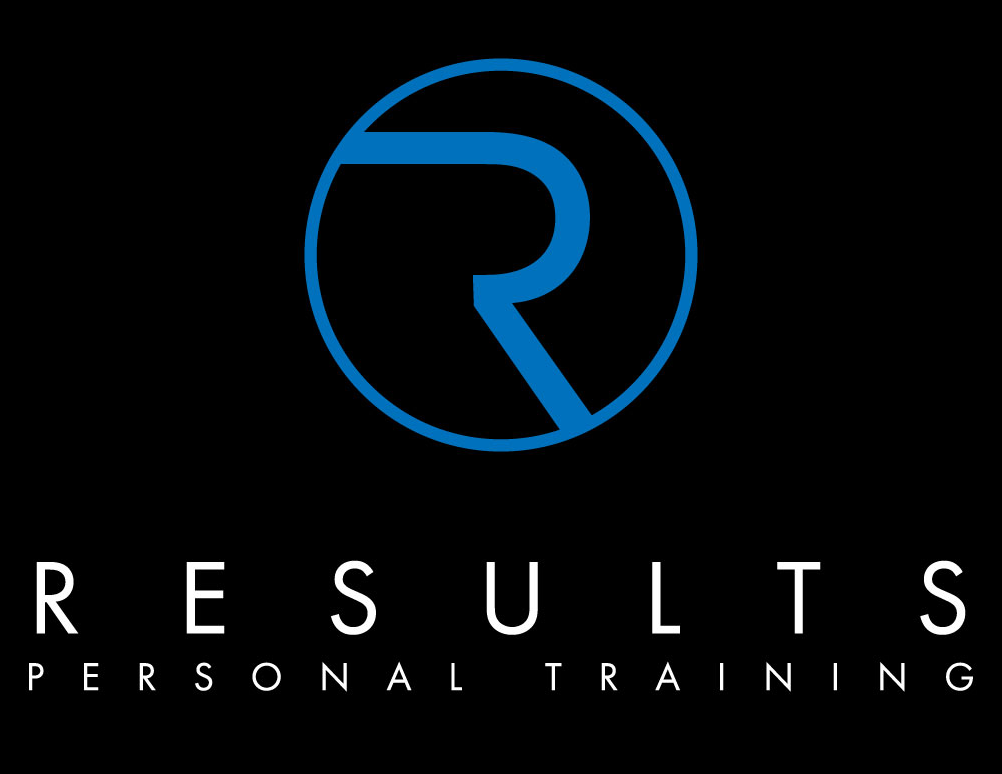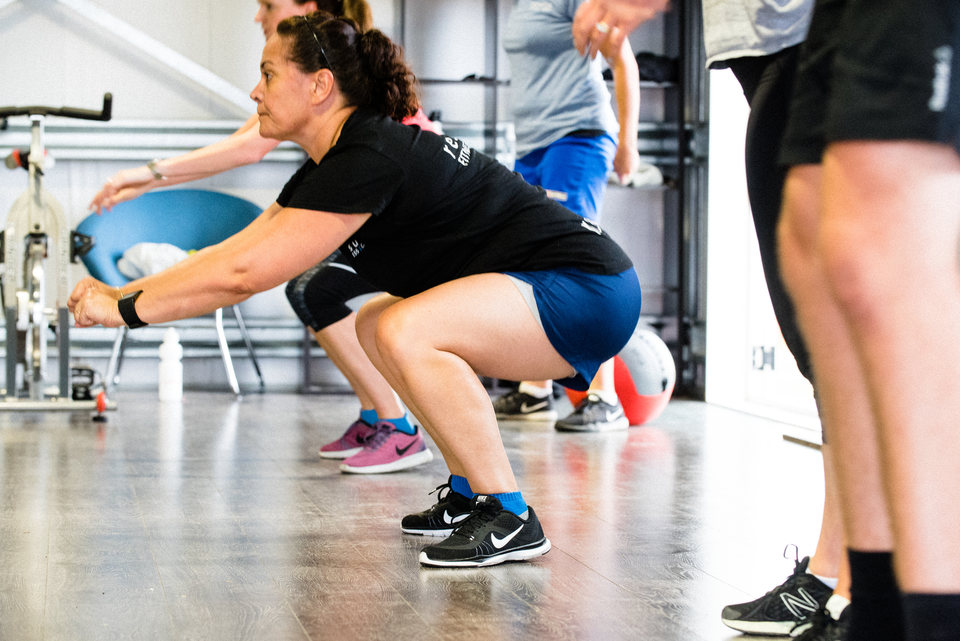This week in Movement we are talking about logical movement progressions and regressions.
Last week I mentioned the 7 functional movement patterns. These functional patterns can be progressed to make them harder or regressed to make them more manageable. The key is to find ‘’Goldilocks’’ Essentially you are trying to find a stimulus that isn’t too hard and isn’t too easy. It’s JUST RIGHT.
Let’s take a look at the movement patterns…
Hinge : A Kettlebell Deadlift. B Single arm KB deadlift. C 2 hand KB swings. D KB swings E Snatch
Squat : A KB Goblet squat. B KB Rack squat. C KB double squat. D BB squat. E Overhead Squat
Lunge : A KB Goblet split lunge. B KB reverse lunge. C KB alternating reverse lunge. D KB alt lunge. E Bulgarian split squats
Pull : A suspension row. B Single arm KB row. C Banded chin up D Chin up E Pull up
Push : Incline push ups. B push ups. C deficit push ups. D KB single press. E KB double press
Twist : A wood chop . B reverse wood chop. C Landmines. D Mace rotations . E indian club rotations
Locomote : A farmer’s carry. B suitcase carry. C sled push. D zercher walk. E overhead carry
Side note – movement progressions and regressions are very much individual. You personally may have a particular weakness/strength and may find a certain exercise very easy compared to Joe Bloggs who finds it particularly difficult. The progressions written are simply a general guideline.
For most I recommend that you start with exercise A. Once you have mastered exercise A then you can move onto exercise B. Then C and so on.
Exercise progressions can just keep going and going. There are thousands of progressions BUT the more complex it is, doesn’t mean the better it is. There is always a point of diminishing returns with overcomplication
I personally find that the personal training industry is full of ‘’shiny objects’’ that look cool but really don’t do a lot. Instagram anyone ?
Sticking to the tried and tested basic fundamentals will elicit the best bang for your buck hands down.


Recent Comments